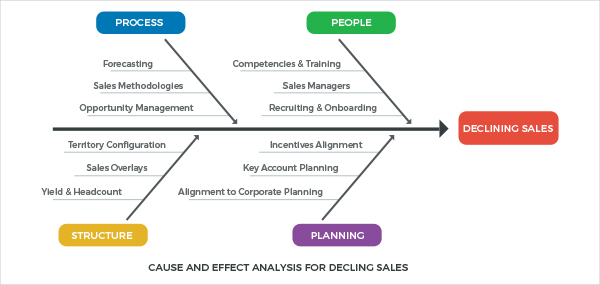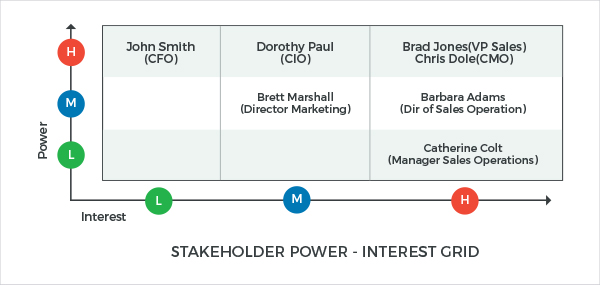- Stronger Customer Relationships
- +1-949-878-7411
- ramana@varasi.com
February 10, 2017
A CRM Business Analyst’s activities include relating the project to the company strategy, managing stakeholders, preparing business case & project scope, driving user adoption.
February 9, 2017
The article lists activities that go into preparing a business case – analyzing high level requirements, assessing costs and benefits, risks, solution options and then selling the case.
February 9, 2017
Cross reference observations from your workshops and interviews analyzing current state and cross reference them against best practices to arrive at strategic themes
February 8, 2017
For establishing the scope of the project, we need to think through the statement of the business problem being addressed and the goals that the CRM project is setting out to achieve.
February 7, 2017
Cause & Effect Analysis for studying CRM failures is illustrated using a real life example of analyzing declining sales by diving deeper into Processes, People, Structure, Planning.
February 6, 2017
Does the business case have relevance beyond the early stages of the project?
Yes it does. A useful business case is one that you evolve as you complete key milestones during the life cycle.
February 6, 2017
In analyzing CRM needs, ‘know the people’. Understand the user’s unmet or unspoken need. Observe users as they go about completing their tasks, in their own work environments.
February 6, 2017
Subject Matter Experts (SMEs) are good resources to tap into for new ideas and trends. Companies may have Enterprise Architecture Teams or Advisory Boards or a network of experts to tap into.
February 6, 2017
Look across internal and external users for identifying stakeholders for your project. Regulators, partners, suppliers and even competitors are candidate stakeholder groups.
February 6, 2017
A range of stakeholders exercise influence, positive or negative over the project and its results. Having a close relationship with and understanding their motivations is critical.
February 6, 2017
Your customers have choices not just from your competitors. Analyze the forces that influence your industry’s attractiveness for you and project how CRM investments can help shape it.
February 6, 2017
Rely on the techniques of Root cause Analysis and ask ‘why’ enough number of times to arrive at the real reasons for failures of CRM issues. Do not take hunches and hypotheses at face value.
February 6, 2017
Align your CRM initiative to the context of the organization's mission, purpose, what it does and how it strives to be unique in the eyes of its customers.
February 6, 2017
The Power-Interest Grid where you map power and influence of the stakeholder on the project is an excellent pointer to how actively to manage them and what to anticipate in terms of their attitude to the system.
February 5, 2017
Staff the COE with specialists for focusing on user adoption. User Training, Communication Plans and Business Process Improvements are areas that they could champion















